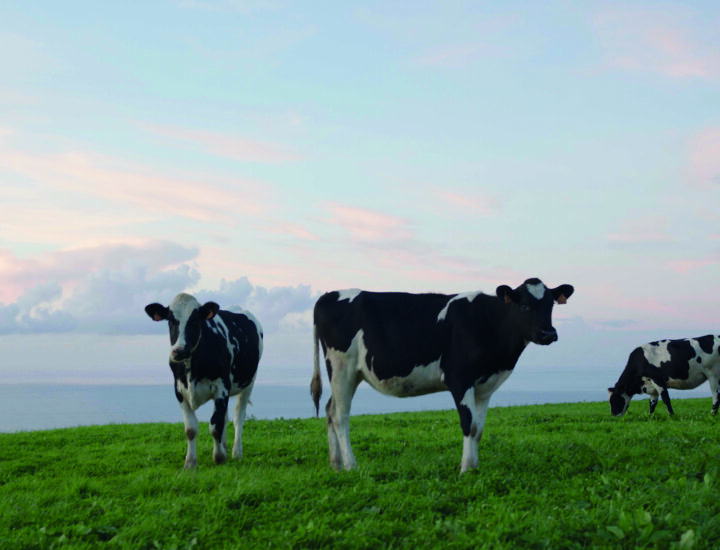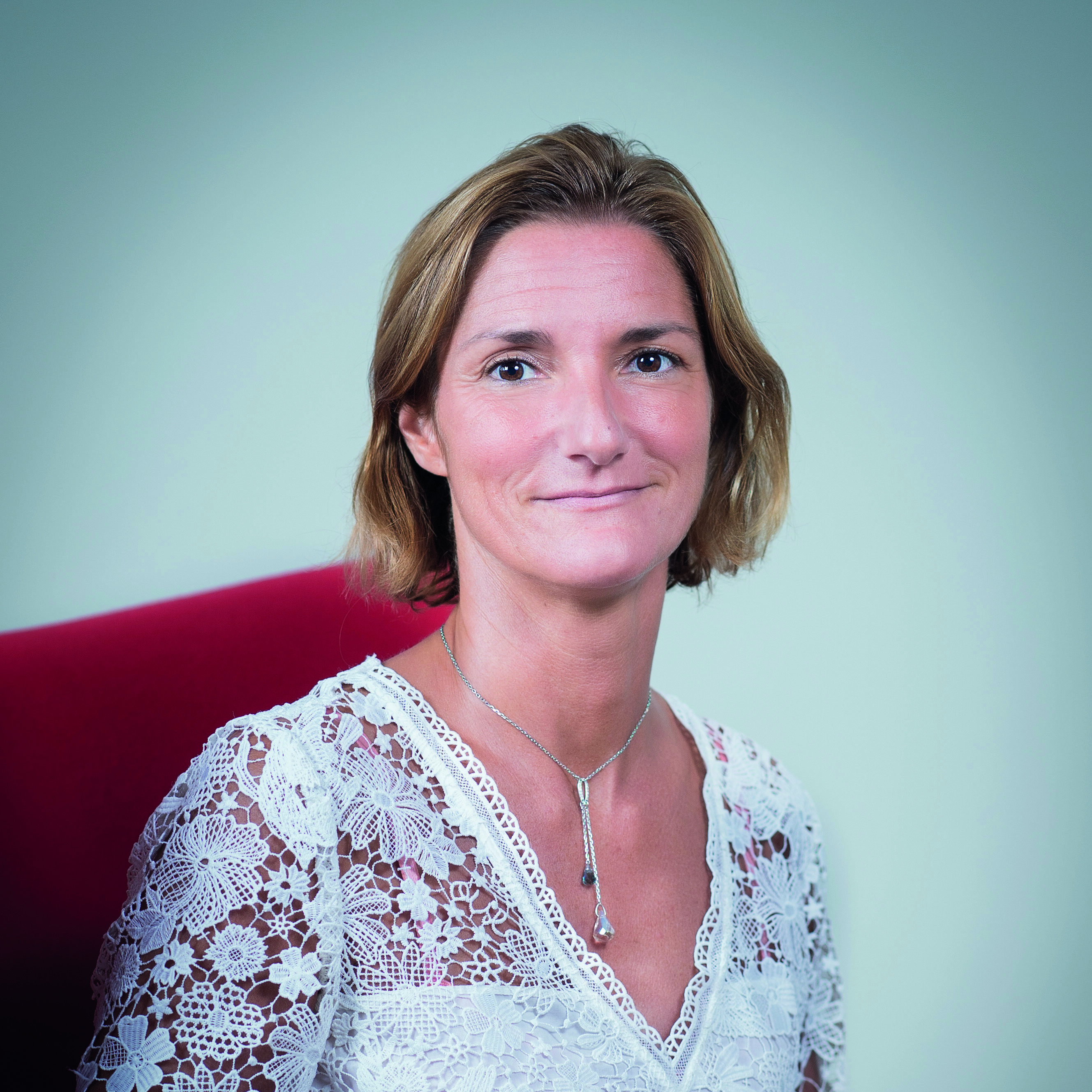
luxury conquers the no canal
Feared by luxury houses at the beginning, making most of them late adopters, the digital world is now a major and unavoidable axis of their ...
Our Expertise

Interview with Cécile Béliot, General Manager of the BEL group by Henri Kieffer, founder of harpagon.
Tell Us About Your Decision To Join BEL ?
I joined BEL after 17 years at Danone. Antoine Riboud was a visionary, who put a dual economic and social project at the heart of the company, and I refer you to his speech in 1972. This company has allowed me to grow in many areas, always with a lot of sense and an extremely strong ethic, up to general management positions.
I joined the BEL group 5 years after my first meeting with Antoine Fievet, Chairman and representative of the 5th generation of BEL family managers, in whom I felt a very strong sincerity. I felt that he carried the values and benevolence that he wanted to see prevail within his company, with a very strong commitment to social and environmental issues. The BEL group is the ability to learn and implement responsible capitalism, with a real incarnation of these values. The family business dimension was also an important element in my decision: we have much more room for manoeuvre and greater freedom to steer our business over the long term. We are also a smaller group than Danone. At BEL, everyone has a strong impact, the matrix is not very present, the political stakes are lower, and decisions are taken and transformation capacities are rapid. This kind of agility is an asset for innovating and paving the way for a new model.
How Do You Manage A Group Of 12,000 Employees, Present in more than 120 countries Though 30 Brands ?
For me, the best way to engage our employees is to start with the mission.
BEL’s mission is “to provide healthier and more responsible food for all”. This is our DNA, and one of our specificities: the “For All For Good” dimension.
Our portfolio includes popular brands, in the true sense of the word, which we find in all social categories. For example, The Laughing Cow is found in one out of every two refrigerators in France. It is a product known to all, appreciated all over the world, notably for its nutritional qualities, its ingredients, its simplicity as a portioned product that can be kept at room temperature in certain countries.
What Tools And Indicators Support You In This Management And Leadership ?
Our model is based on “2 legs”: responsibility and profitability. In addition to the traditional financial elements, we have 5 KPIs:
These 5 criteria are the foundations of our commitment. This is why our CFO (Chief Financial Officer) has become Chief Global Impact Officer, which means that he is responsible for both finance and CSR. In concrete terms, our finance teams are now integrating the carbon dimension into their management and their objectives, which they then share with the countries and plants.
To carry out our ambitious carbon reduction program, we have set up a tool that allows each plant, each product manager, each business unit manager, to monitor their impact on a monthly basis. Today, a product manager will integrate both his P&L and his carbon impact into his decision-making. In order to facilitate the operationalization of our approach, we conduct performance reviews and have a strategic carbon plan with a carbon budget that is implemented to enable effective management.
This entire approach is part of our mission, and I make sure that it is implemented within the company in each of the business lines. Having indicators allows for operational monitoring, and therefore to make it a reality in the organization.
What Is BEL’s Role In This Food Transition ?
A positive product is a product that we engage in a process of improvement on our key indicators:
Positive recipe: we evaluate all our recipes on two axes: nutrition and naturalness, with a grail of maximum performance on these two dimensions. We are committed to the continuous improvement of our core brands
sourcing of raw materials and GMO-free animal feed.
We are also adding dimensions to our packaging with very precise criteria, notably eco-design and recyclability, as well as the notion of CO2 impact.
The BEL Group Is At The Forefront Of The Issues Surrounding The Food Transition.
How Do You See The BEL Group’s Future ?
When we address the issue of climate, there is an obvious subject, which is the energy transition. But there is also the issue of food, which we do not talk about enough, even though it is strongly linked to the climate. The agricultural sector accounts for 70% of our carbon impact. It is therefore necessary to implement sustainable agricultural practices (carbon assessment and reduction plan in the farms of our partner breeders, carbon capture on healthy soils that regenerate themselves, for example), and to pay essential attention to the content of the plate. This is what we are doing by rebalancing our portfolio between animal and plant products, i.e. by continuing to offer dairy products of good nutritional quality, fruit, and by developing plant products in a complementary way.
What Is BEL’s Role In This Food Transition ?
A scientific consensus has emerged, that of the EAT-Lancet commission. This consensus is clear: the only way to achieve a diet that will allow the G20 countries to significantly reduce the carbon impact of their food and to have healthier populations is to rebalance the share of plant products on the plate, i.e. to consume more cereals, legumes, fruits and vegetables, and nuts, and to reduce the quantity of animal products, because we consume too much of them. Our role is therefore twofold: on the one hand, we must offer our consumers the possibility of rebalancing their diet between products from plant and animal sources; and on the other hand, we must ensure that our partner farmers move towards sustainable agriculture. Beyond our role, it is also our responsibility, in society, to consumers, to our fellow citizens, in all countries. The subject is also that of feeding the greatest number of people. Currently, there are 800 million people in the world who are food insecure (a situation that will worsen with the consequences of the war in Ukraine), and 800 million people in a situation of obesity, and globally a world population that will reach 10 billion people in 2050.
We will only be able to feed this growing population if we consider the impact of our entire value chain, from upstream to downstream: on raw materials and sustainable agriculture, on the nutritional quality of our products, which must be accessible to as many people as possible, and on the reduction of our environmental impact (fight against food waste, reduction of the carbon footprint). The BEL Group has been working on these key issues for a long time: for example, our partner farmers in France no longer feed their cows with soya imported from Brazil.
There Is Also A Lot Of Talk About Carbon Capture To Fight Against Climate Change
Indeed, many promising initiatives are emerging around the use of carbon. I know that Unilever has started to use carbon in laundry detergent and packaging, and is going beyond neutrality by becoming net positive.

Cécile Béliot, Executive Management of BEL Group
And I gave you the example of agriculture, which can contribute to having a net positive impact and to which the BEL Group is actively committed, just as we are working to transform the way consumers eat. In addition to our carbon reduction approach, we are developing what we call “sequestration” within natural forest carbon sinks, the benefits of which go beyond the capacity of capture: preservation of water resources, fight against erosion, etc.
What Do You Think Our Food Will Be Like In 10 Years ?
I wish us to adopt as soon as possible this famous Health Planetary Diet to compose our plates: half (in calories) based on fruits and vegetables, 1/4 of cereals and legumes, dairy products, good quality vegetable fat sources, and a small amount of animal protein foods, which must be produced in sustainable conditions with an optimized carbon impact.
In Terms Of Sustainable Developement – What Are The Main Obstacles Bel Is Working On ?
There are obstacles at several levels. First, nothing is ever perfect in what we launch. You have to accept this and be in continuous improvement.
There is also a complicated tension to hold which is the accessibility of healthy and sustainable. This is something I am saying more and more in France.
Sustainable food is not a question of price but of value. We must develop a discourse of value without confusing the issues. For example, addressing extreme poverty in France (access to food, role of the welfare state and food banks), while addressing healthy food for the middle classes: we must accept to pay a little more for our food to leave a better future for our children. This also requires a better remuneration of farmers.
We address certain difficult markets, where purchasing power is very low, with frequent devaluations (North Africa, Middle East). We try to strike a balance between affordability and nutritional value. This requires more intelligence, creativity and R&D.
There is no doubt that implementing the transformation, particularly in terms of CSR, is more complex than before.The other major challenge is human.
Two illustrations: as I said earlier, our financiers are no longer just financiers because they now deal with carbon and CSR in a more general way. This change took place two years ago. Before that, we were not monitoring this subject with such intensity and precision, which of course can still be improved. We are engaged in a process of learning and developing this expertise. A few years ago, we asked our buyers to stop making the price of milk the core of their business, and to sit down around the table to talk with our partner farmers about the agricultural transition. This was a major paradigm shift within the purchasing teams, requiring a profound transformation of posture and leadership.
At harpagon, We Observe The Emergence Of A New Issue Around Ambiguity In Most Of The Subjects Our Clients Are Asking about. How Do You Deal With It ?
We have to be comfortable with the decision to make trade-offs, to be able to balance our responsible approach with financial performance. Obviously, nothing is perfect. Is there room for improvement in the nutritional aspects of our vegetable alternatives? Yes, they are not yet at the level of our cheese recipes, and we are working hard to optimize them. On this criterion, the product is imperfect, unlike its carbon footprint which is exemplary and responds to a need, an emergency. Today, we are making enormous efforts in research and development so that the vegetable alternatives meet the nutritional and environmental criteria in the best possible way. The question of ambiguity is a real leadership issue that also arises with the massive arrival of data. You have to learn how to deal with these new flows, to make sure that your teams know how to disconnect, to teach them how to master their tools, but also to manage their work/personal rhythm, so that they can navigate in these universes without becoming slaves to the access to this mass of information.
For You, What Are The Qualities Of A Good Consultant ?
For me, two qualities stand out:
On the one hand, understanding the company’s DNA and its ways of working. A good consultant adapts to his client, he is not there to develop the same methodology and the same presentations as his other clients. On the other hand, a good consultant provides us with an external view and gives us an overall vision of the market and the competition, in order to give us a head start. When we call on consultants, it’s so that they can take into account our specificities and our differences, and help us to surpass ourselves. We don’t necessarily have the bandwidth or, for the moment, the data of some large companies. The strength of a good consultant is to be able to adapt to this situation, to be iterative and to prototype small in order to be able to test quickly without copying ready-made answers.
―
Interview by Henri Kieffer, April 2022

Feared by luxury houses at the beginning, making most of them late adopters, the digital world is now a major and unavoidable axis of their ...

Scanning a barcode to know the composition of a product, reading other customers before choosing a restaurant, or comparing airfare prices, ...

From Christie’s sale of a piece of digital art for $69 million, to Jack Dorsey’s (co-founder of the Twitter platform) first twee...